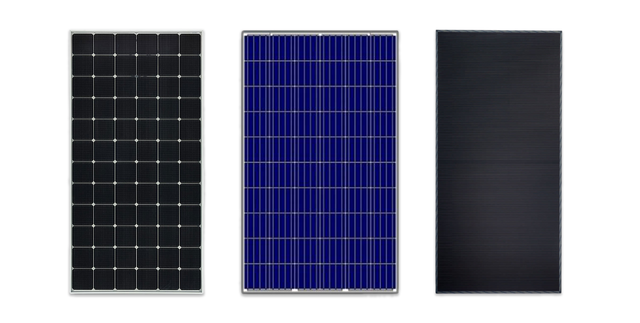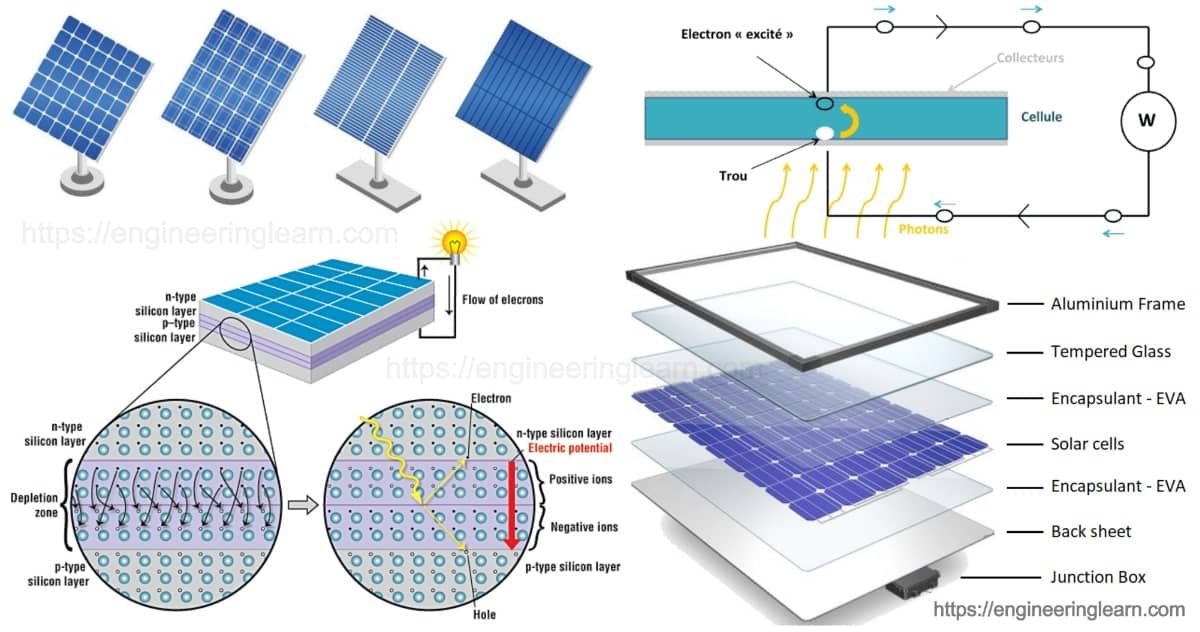Solar Systems for Dummies
Wiki Article
The Main Principles Of Solar Systems
Table of ContentsThe Ultimate Guide To Solar SystemsSolar Systems Things To Know Before You BuyThe Facts About Solar Systems UncoveredFacts About Solar Systems Revealed
There are three different types of solar panels: monocrystalline, polycrystalline, and also thin movie. Monocrystalline solar panels are very reliable as well as have a sleek design, yet come at a higher rate point than other photovoltaic panels. Polycrystalline photovoltaic panels are less expensive than monocrystalline panels, nevertheless, they are less reliable and aren't as visually pleasing.Nowadays, there are a number of selections of monocrystalline photovoltaic panels on the marketplace to pick from. Passivated Emitter and also Back Contact cells, more commonly described as PERC cells, are coming to be a significantly prominent monocrystalline choice. PERC cells experience a various manufacturing and also setting up procedure that increases the amount of electricity the cells can generate.
Because monocrystalline solar cells are made of a solitary crystal of silicon, electrons have the ability to quickly stream throughout the cell, boosting total effectiveness. Not only do monocrystalline panels have the highest effectiveness ratings, they usually additionally have the highest possible power capability rankings. The majority of monocrystalline panels on the marketplace today will have a power output rating of at least 320 watts, yet can rise to around 375 watts or higher!.
Since polycrystalline cells include multiple silicon cells, the electrons can stagnate as conveniently and as a result, decrease the efficiency of the panel. The lower performance of polycrystalline panels additionally means they tend to have a reduced power outcome than monocrystalline panels, generally varying between 240 watts and 300 watts.
The Best Strategy To Use For Solar Systems
In order to satisfy your energy requires, you would need to mount more thin movie panels over a huge location to generate the exact same quantity of electrical power as crystalline silicon solar panels. This is why slim movie solar panels don't actually make sense for domestic installments where area is limited.The temperature coefficient informs you exactly how much the power outcome will certainly lower by for every 1 * C over 25 * C the panel gets. The typical temperature level coefficient for mono as well as polycrystalline panels usually drops somewhere in between -0. 3% as well as -0. 5% per * C. Thin film panels on the various other hand, are around -0.
In truth, with some thin movie panels, click site it's hard to even see the individual cells within the panel. They additionally have a tendency to have much less wiring and also busbars, suggesting there's less white room. Nevertheless, because they are so inefficient, you would require to cover your entire roofing in slim film panels - which might or might not be your style.

Some manufacturers have functioned around this with black packaging or shaping the cells differently, yet these aesthetic adjustments can influence both the rate and performance of the panels. In general, monocrystalline panels still look smooth, however they're a little bit a lot more noticable than thin film panels. solar systems. The process in which polycrystalline solar cells are made creates the cells to have a blue, marbled look.
The Of Solar Systems
If you get on a tight budget plan, polycrystalline panels could make even more sense for you. We do not advise thin movie photovoltaic panels for domestic installments - their efficiency and sturdiness do not make the inexpensive worth it, as well as it's unlikely you'll have almost adequate area to install the variety of thin movie panels you would require to cover your family power usage.Given that they are made from pure silicon, they can be readily recognized by their dark black color. The use of pure silicon likewise makes browse around these guys monocrystalline panels the most space-efficient as well as longest-lasting among all three photovoltaic panel types. Nonetheless, this comes at an expense a great deal of silicon is thrown away to produce one monocrystalline cell, often getting to over 50%.

Amorphous silicon panels (A-Si) derive their name from their unformed nature. Unlike mono-and polycrystalline solar cells, the silicon is not structured on my latest blog post the molecular level.
Our Solar Systems PDFs
50 $0. 50 $0. 50 Note that these figures don't include the expense of setup as well as labor.
This means that thin-film panels can be an excellent choice for hotter atmospheres or locations that experience more sunshine throughout the year. The upgraded International Building ordinance of 2012 calls for solar panels to match the fire score of the roofing where they are installed. This is to make certain that the components do not accelerate the spread of flames in case of a fire.
Report this wiki page